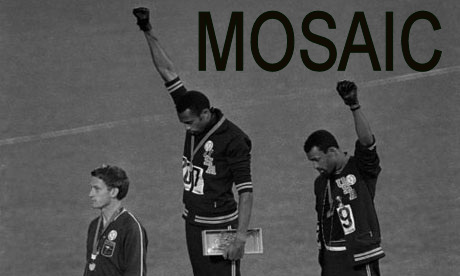
Largely continuing the blueprint of A Sense of Direction, Relativity finds Walt Dickerson mixing standards with adventurous yet upbeat originals. This time around, though, there's a subtext to Dickerson's standards selection: all three -- "It Ain't Necessarily So," "I Can't Get Started," and "Autumn in New York" -- had been previously recorded by Milt Jackson, which invited explicit comparisons and gave Dickerson a chance to show off how distinctive and pioneering his Coltrane-influenced approach to vibes really was. As for his originals, Dickerson is once again in a good mood, offering bursts of up-tempo energy in "Steppin' Out" and the title track, as well as a playfully swinging tribute to his eight-year-old sister titled "Sugar Lump." On the more cerebral side, there's a free-form dialogue with bassist Ahmed Abdul-Malik, "The Unknown," which features some of Dickerson's freest playing. If there is a flaw with Relativity, it's that it doesn't have quite the same spark of revelation as Dickerson's first two albums; critics were beginning to identify his brief note clusters and stop-start phrasing as stylistic trademarks, and aside from the duet with Abdul-Malik, the record doesn't really push Dickerson's sound into new territory. Still, taken independently of context, Relativity is another fine recording and one of the better pieces of Dickerson's underappreciated legacy. (Steve Huey)
1.- Relativity
2.- It Ain't Necessarily So
3.- I Can't Get Started
4.- Steppin' Out
5.- The Unknown
6.- Sugar Lump
7.- Autumn In New York
Walt Dickerson (vibes); Austin Crowe (piano); Ahmed Abdul-Malik (bass); Andrew Cyrille (drums)
Recorded in Englewood Cliffs, NJ on January 16, 1962.
















